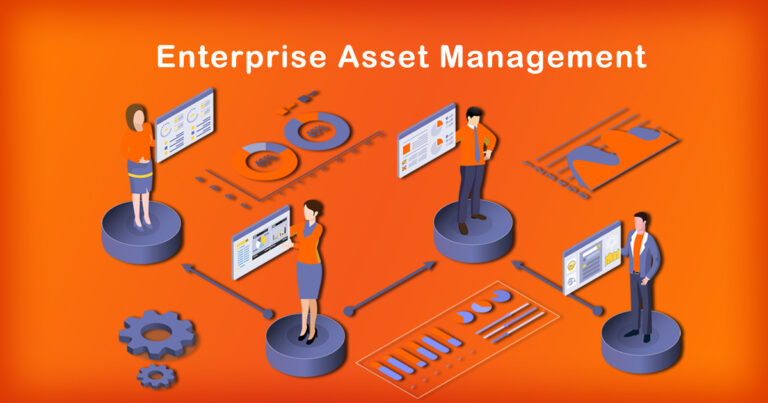Introduction
In the ever-evolving landscape of finance, asset management plays a crucial role in enabling individuals and organizations to make informed decisions regarding their investments. While the concept of asset management is not new, its comprehensive implementation has gained significant traction in recent years. In this editorial, we delve into the world of Comprehensive Asset Management (CAM) and explore its significance, benefits, and how it applies specifically to the Indian financial environment.
What is Comprehensive Asset Management (CAM)?
Comprehensive Asset Management, often referred to as CAM, is a holistic approach to managing assets that goes beyond mere investment decisions. It encompasses a wide array of activities, including asset allocation, risk assessment, financial planning, tax optimization, and performance evaluation. CAM is designed to align an individual’s or organization’s financial goals with a well-structured, diversified, and long-term investment strategy.
The Pillars of Comprehensive Asset Management
Financial Goal Assessment:
CAM begins with a thorough understanding of an investor’s financial goals, be it capital preservation, wealth accumulation, retirement planning, or legacy creation. Identifying these objectives is crucial as it lays the foundation for designing an effective asset management plan.
Risk Profiling:
Assessing the risk appetite of investors is an integral part of CAM. Each individual or organization has a unique risk tolerance, and understanding this helps in building a balanced and personalized portfolio.
Asset Allocation:
A key component of CAM is strategic asset allocation. This involves diversifying investments across different asset classes, such as equities, fixed income, real estate, and alternative investments. The allocation is tailored to an investor’s risk profile and financial goals.
Tax Optimization:
In India, taxation significantly impacts investment returns. CAM includes tax planning strategies to minimize the tax burden on investments, such as utilizing tax-saving instruments and capitalizing on exemptions and deductions.
Regular Review and Rebalancing:
The financial landscape is dynamic, and so are an investor’s goals and risk appetite. CAM emphasizes periodic portfolio review and rebalancing to ensure that the investments stay aligned with the changing circumstances.
Performance Monitoring:
CAM involves diligent monitoring of investment performance against benchmark indices and financial goals. This helps in making timely adjustments and identifying areas for improvement.
The Benefits of Comprehensive Asset Management
Enhanced Portfolio Performance:
By incorporating diverse asset classes and optimizing tax implications, CAM aims to generate better risk-adjusted returns over the long term.
Risk Mitigation:
CAM ensures that an investor’s portfolio is not overly exposed to a specific asset or market, reducing the impact of market volatility.
Financial Discipline:
CAM encourages disciplined investing, staying committed to long-term goals, and avoiding impulsive decisions during market fluctuations.
Personalized Approach:
Through thorough understanding and assessment, CAM provides a tailored investment plan that aligns with the unique financial situation and objectives of the investor.
Time Optimization:
By delegating the complexities of asset management to professionals, investors can focus on their core competencies and pursuits.
Comprehensive Asset Management in India
In the Indian context, CAM has gained momentum as the country witnesses rapid economic growth and an expanding middle class. The increasing awareness about financial planning, coupled with a plethora of investment options, has led to a demand for comprehensive asset management services.
Furthermore, India’s demographic dividend, with a large working-age population, has resulted in a surge of investments towards retirement planning and wealth creation. CAM has proven to be a valuable tool in navigating the intricacies of these goals while catering to varying risk appetites.
Conclusion
Comprehensive Asset Management is a comprehensive and dynamic approach to investment management that optimizes returns, minimizes risk, and aligns investments with financial goals. As India continues to witness robust economic growth and increased financial literacy, CAM becomes increasingly relevant for both individuals and organizations.
In the pursuit of financial success, CAM empowers investors to make informed decisions, stay committed to long-term objectives, and weather the storms of market volatility. Embracing Comprehensive Asset Management can unlock the true potential of investments and propel individuals and organizations toward financial prosperity in the Indian context.
Disclaimer: The information provided in this blog is for educational and informational purposes only. It does not constitute financial advice, and readers are advised to consult with a qualified financial advisor before making any investment decisions.








